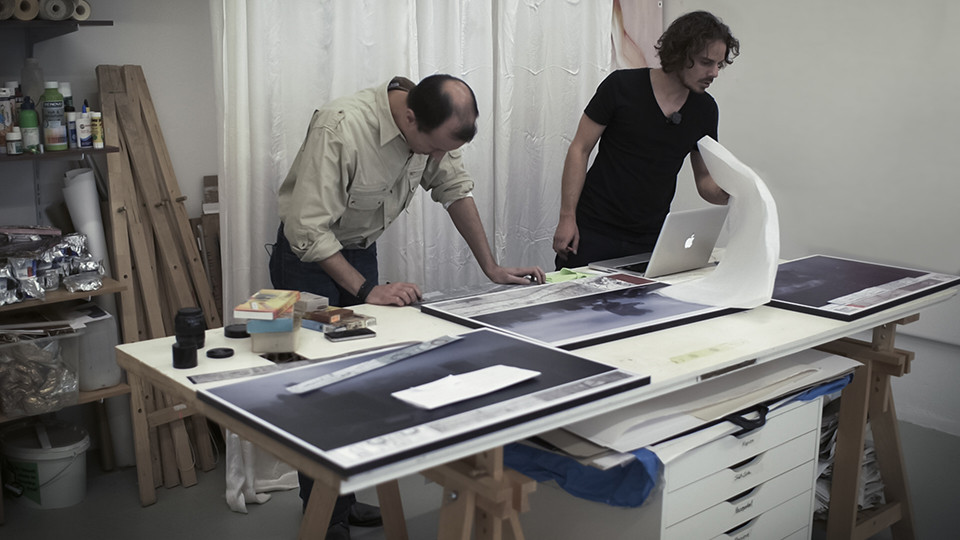Have you ever imagined our lives lived hand by hand with robots? As far as we actually do that already, Sven Sauer and Igor Posavec take our co-existence with machines to a higher level. This power-tandem of artists from Germany uses some friendly-looking robots to picture the real issues of our quite near future. We asked them about their Android Dreams, inspirations, and upcoming projects.
◾
Both of you have experience in matte painting and games design. What happened that you two bumped into each other and decided to work together?
Igor: I think it was a light of a window in the night. Back in 2006, we had a small game developing studio in the center of Wiesbaden. One night, Sven come along this window of our studio, and saw us working on the computer game „Perry Rhodan“. He spontaneously decided to knock and ask if there is an artist needed for the next project. Once we have presented each other our art-folders, we knew instantly we speak the same language.
Was ‘Android Dreams’ project planned by one of you or you came up with the idea together?
It may sound funny, but ‘Android Dreams’ was not a constructed project at all. It was serendipity, a happy accident.
The pieces of the idea were revealed to us during our voyage in Japan, Tokyo, where we were for the first time confronted with a manifestation of a mega-city. Millions of people, gigantic building structures, automated transportation, and lifestyle. Despite the fact Tokyo is a fantastic city, the difference between our idea of a warm, happy living environment and experienced, real, cold and mechanical moloch struck us like lightning. We have spent all night on the top of one of the highest buildings in the city. This panorama of almost abstract neon lights looked more like a cyber-punk diorama: and the idea was born — the alienation of the life and the mega-city environments. First ideas were too concrete. Slowly, over months, we have found our own visual language needed to communicate the abstraction in a very subtle way.
What was your inspiration?
The loss of identity. One of the most proclaimed values and ideals of modern life, the person’s identity, does not apply anymore in the large city structures. The idea is that the city larger than a human. And the person in it is in an everlasting struggle to arrange and reposition himself in order not to be smashed in this mega-construction, is becoming anonym.
Everybody knows this: if you live in a city, you play by the rules of it. The time-table, transportation, living space, restaurants where you eat and rooms where you work are growing cells of an automized, growing clock-work we do not control.
To create an artistic expression of this alienation and compromising was a fascinating task for us.

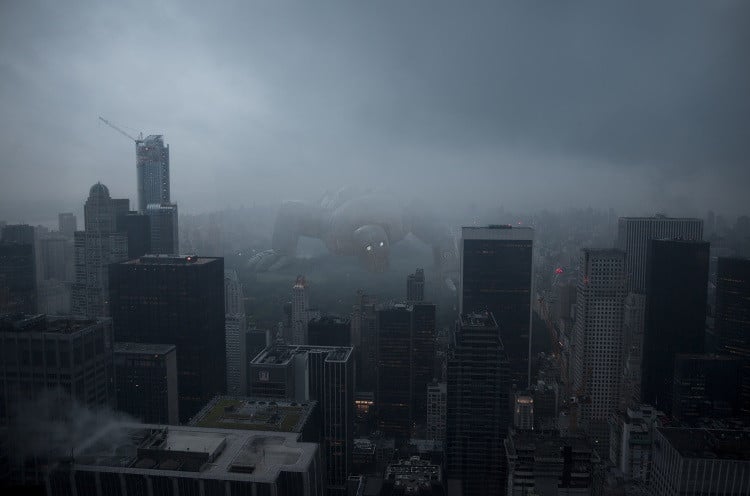
What’s the story behind Android Dreams? I can come up with my own interpretation, but I feel like something is missing. Something only, you two are aware of.
Android Dreams’ is a limited serial of original artworks created to develop illusions that put the viewer’s perception to the test. Our works show symptoms of society and the tempo of a technology development that has exceeded the measure which civilization is capable of absorbing. The result is an exhilarating rationalist romanticism for a civilization which is obsessed with being addicted to reality.
I’ve read somewhere that your androids only seem friendly. Does it mean they’re actually not?
The androids are imaginary subjects of the artwork. They are neither friendly nor frightening. They are portents, a sign or warning of what is happening or might occur. It is something we see all the time but do not notice or take for seriously. Think of them as of non-lethal cancer: it is there, we are in one or another way confronted with it.
What are their dreams?
One of the most fascinating books we have read in the last years was “Perdido Street Station” by China Mieville. Like no one else, he has described what happens when a higher instance is able to accumulate during the night, in a mass, the dreams of citizens. These collected dreams are melted into a hallucination, a drug able to let you dream all kind of weird stuff.
The dreams of androids in our artworks can be similarly described: they are melting-pot of all illusions, fears, joy, or wishes of the city. The Android dreams are an incarnation of recorded dreams of a city and its inhabitants.
The artworks are incredibly detailed. Do you hide anything in the composition? That can be visible only when we look very closely.
It is difficult to stop detailing; it is even more difficult no to lose oneself in details. At a certain point, we need to decide as artists where and how to finish the work.
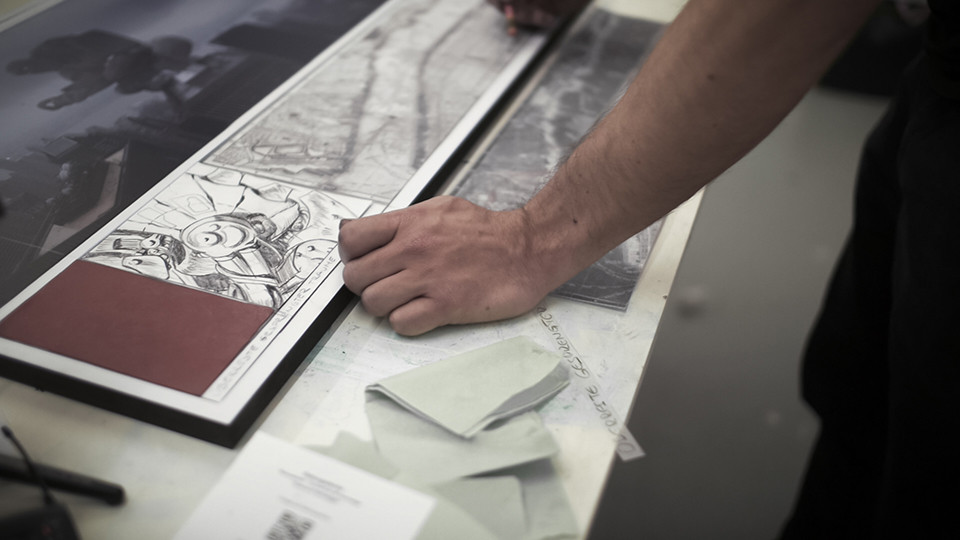
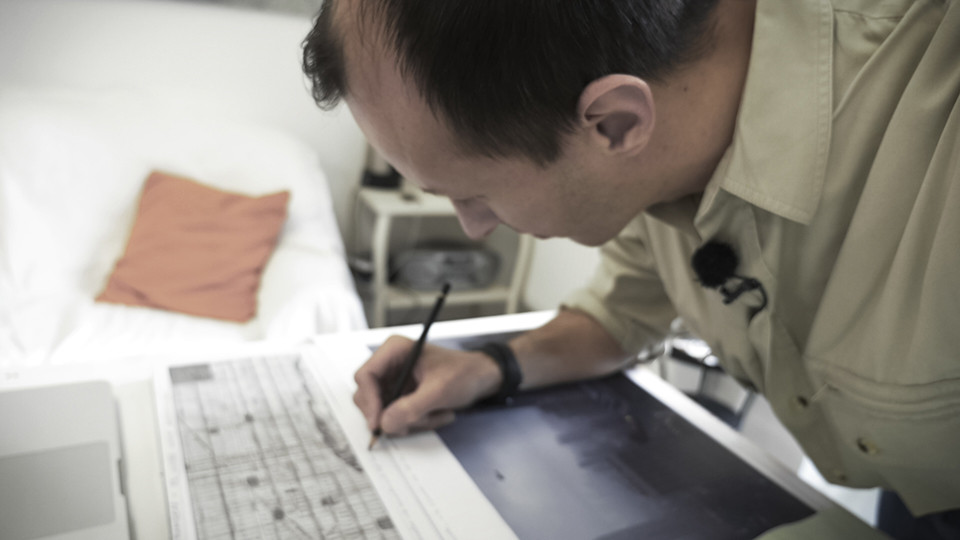
Will you continue the series? Or is it finished, completed, done?
The series, consisting of 4 episodes, is completed. They are solely based on our voyage through four cities in four years and baked into visual short stories.
We are currently working on an extension of our new serial: “Empty Shelters.” And yes, a kind of mechanical creatures, which is our trademark, also lives in these new artworks!
If it’s done – what’s the conclusion?
It was a huge success! We have visually expressed something that many people feel but cannot see or describe: thousands of our exhibition visitors still ask us what is going on in these images. This means that there is a huge attraction to these artworks and, more important: questioning. It is the essential spice of any art – the question. If you cannot understand something instantly, you start thinking about it. It is more valuable to have beautiful artwork on the wall an ask yourself each time what it means to you than a picture which does not touch you at all.
In your opinion, is there a future of humans living hand by hand with robots?
We do it already all day. Your washing machine is a kind of robot already, just like an elevator. I think the question should be if we can arrange ourselves to live in a community with human-like robots?
These concepts were before few years a kind of pure science-fiction. If you go to Youtube today, you will find now almost scary prototypes of “hum-androids.”
And the answer is yes, just like we did it with dogs and smartphones. Dostoyevsky wrote once in his book: “a human is an animal which can get used to anything.”
What are your plans for the future (any projects, exhibitions)?
Naturally, after the success of ‘Android Dreams,’ we have had many requests for creating a new art universe. We have spent two years collecting ideas and inspirations and published in 2017, our first Art-Episode of “Empty Shelters.”
SA-PO on Displate
SA-PO Instagram
SA-PO website
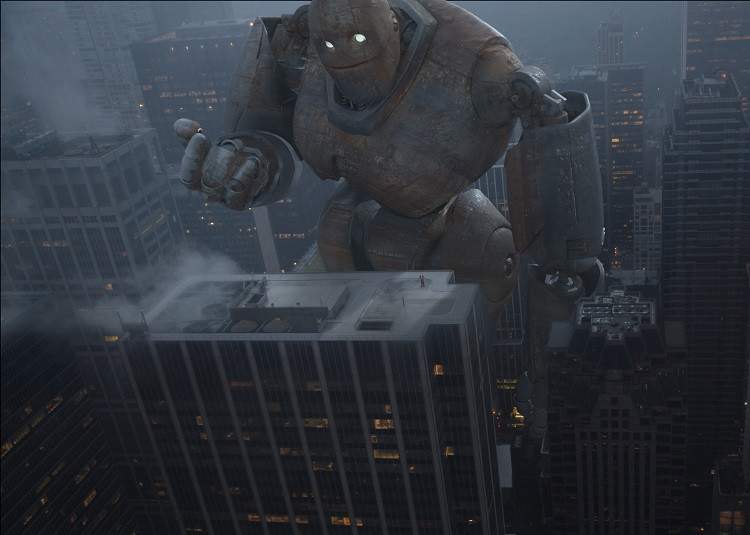
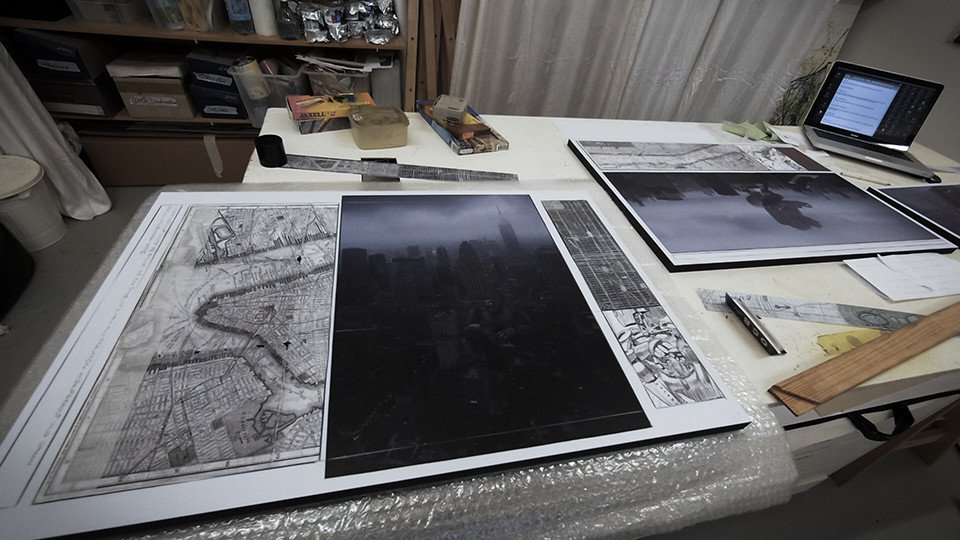
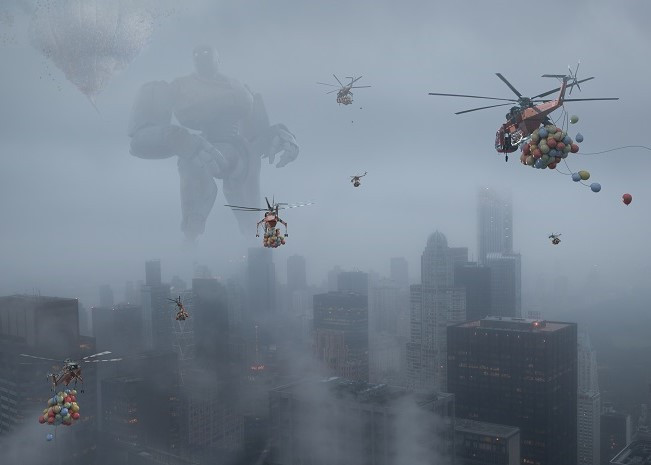
Here’s what you can also like on Displate Blog:
◾ How To Dominate On Displate & Sell Your Original Art
◾ Loish: How To Turn Passion Into Success
◾ City As An Inspiration For Artists: London

